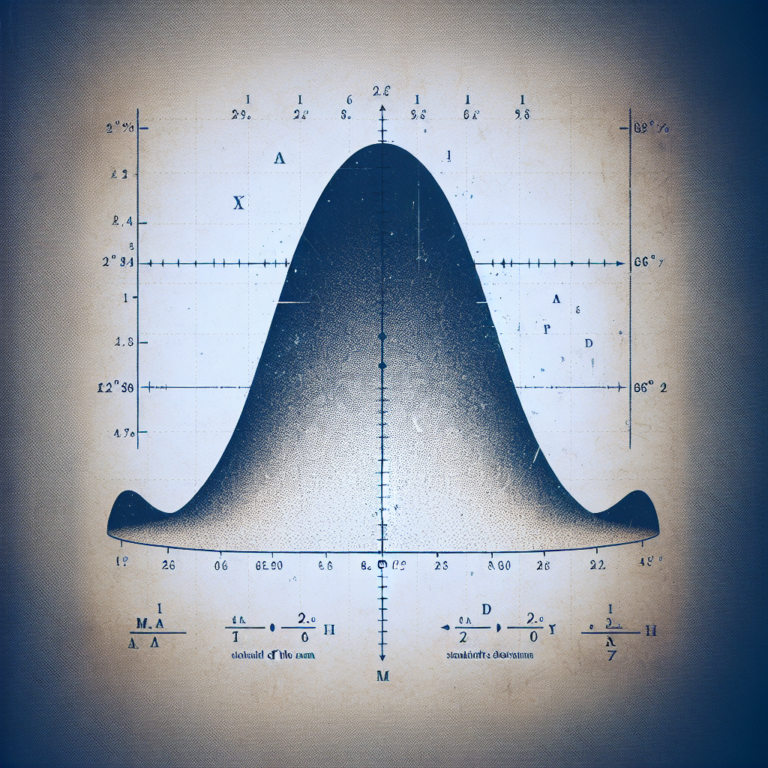Confidence intervals are a crucial aspect of statistical analysis, providing valuable insights into the range within which a population parameter is estimated to lie. At StatisMed, we understand the importance of confidence intervals in medical research and practice, which is why we offer expert statistical analysis services for medical professionals. In this comprehensive guide, we will delve into the intricacies of confidence intervals, their interpretation, and their significance in the field of medicine.
What are Confidence Intervals?
Confidence intervals are a range of values that are used to estimate the true value of a population parameter, such as a mean or proportion. They provide a level of uncertainty around the estimated value, indicating the precision of the estimate. In other words, a confidence interval quantifies the degree of confidence that the true population parameter falls within the specified range.
Key Points to Remember:
-
- Confidence intervals are used to estimate population parameters.
-
- They provide a range within which the true value is likely to fall.
Calculating Confidence Intervals
The process of calculating confidence intervals involves determining the sample statistic, such as the mean or proportion, and the standard error of the estimate. The standard error reflects the variability of the sample data and is used to construct the confidence interval around the estimated parameter. At StatisMed, our expert statisticians excel in calculating precise confidence intervals for medical research studies.
Key Points to Remember:
-
- Confidence intervals are calculated based on sample statistics and standard errors.
-
- Expert statisticians can provide accurate confidence intervals for research studies.
Interpreting Confidence Intervals
Interpreting confidence intervals is essential for understanding the significance of research findings. A wider confidence interval indicates greater uncertainty in the estimate, while a narrower interval implies more precision. Moreover, if the confidence interval includes a specific value, such as zero or one, it suggests statistical significance. Our team at StatisMed can help medical professionals interpret confidence intervals effectively for their studies.
Key Points to Remember:
-
- Wider confidence intervals indicate greater uncertainty.
-
- Narrower intervals suggest higher precision in the estimate.
Significance of Confidence Intervals in Medicine
In the field of medicine, confidence intervals play a critical role in determining the effectiveness of treatments, assessing risk factors, and making informed decisions based on research outcomes. Medical practitioners rely on confidence intervals to evaluate the reliability of study results and draw meaningful conclusions. StatisMed offers specialized statistical analysis services tailored to the unique requirements of medical research projects.
Key Points to Remember:
-
- Confidence intervals are essential for evaluating treatment effectiveness.
-
- Medical professionals rely on confidence intervals for informed decision-making.
Conclusion
To sum up, confidence intervals are indispensable tools in statistical analysis, providing valuable insights into the uncertainties surrounding population parameters. Understanding how to calculate and interpret confidence intervals is crucial for conducting meaningful research in the medical field. At StatisMed, we are dedicated to supporting medical professionals with expert statistical analysis services to enhance the quality and reliability of their research studies. Contact us today for a quote on our specialized services.
Remember, when it comes to statistical analysis in medicine, confidence intervals are key to unlocking meaningful insights and driving evidence-based decision-making. Trust StatisMed for all your statistical analysis needs in the medical field.
[ad_2]




